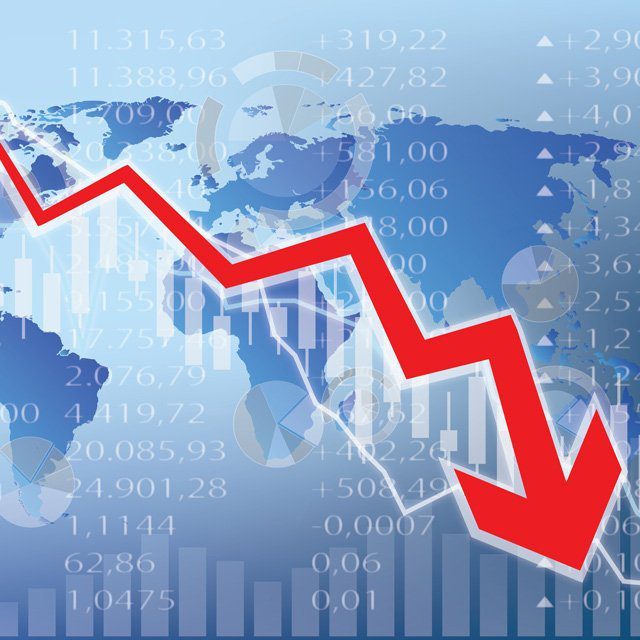JPMorgan Model Says Recession Is a Lock as Stock Slump Wears On

What You Need to Know
The S&P 500’s rout since the Fed turned extremely hawkish now implies a 92% chance of a recession vs. 51% in August.
The U.S. stock market has been sending a crystal clear signal on its view of the economy — a recession is all but imminent.
That’s the verdict from a trading model created by JPMorgan Chase & Co. strategists. It’s now saying the S&P 500’s 6.5% rout since the Federal Reserve turned extremely hawkish last week implies a 92% probability of U.S. recession, up from 51% in August.
Other assets are also flashing a similar warning. Pricing of base metals now carries a recession probability of 96%, up from 84% in August.
The sharp repricing in everything from stocks to Treasuries and the dollar shows markets finally accepting clarion signals from a parade of Fed officials that they are willing to accept an economic slump as the price for cooling inflation.
For over a decade, the central bank was the market’s best friend, but a generational spike in prices has left the Fed solely focused on tamping them down, no matter the impact to asset prices.
“Central banks cannot blink given high inflation so weaker growth and no central bank put is not great for equities,” said Emmanuel Cau, head of European equity strategy at Barclays Plc.
For months market commentators warned that the Fed was late with its efforts to battle inflation. Now, after three straight meetings that delivered three-quarter-point rate increases and a series of warnings that more hikes were in the offing, markets have started pricing a Fed that risks going too far.
Wall Street has been in turmoil ever since, with volatility gripping everything from stocks to bonds to commodities. The cross-asset selloff has driven 10-year Treasury yields to 4%, a 2008 high, and the S&P 500 index to a 2022 low.
Only credit remains fairly isolated. Measures of turbulence in bonds and currency prices jumped to the highest since the onset of the pandemic in March 2020.
‘Sign of Contagion’
“If it’s no longer confined to just one asset class, but spreading across multiple asset classes then this is the ultimate sign of contagion,” said Max Kettner, chief multi-asset strategist at HSBC Holdings Plc. “So far the spillover into credit is missing, which is where we see most spillover risks into equities in the coming weeks and months.”
Confidence that a Fed sobered by crashing markets and a stalled economy would retreat from its tightening path has evaporated, according to Lewis Grant, a senior portfolio manager at Federated Hermes.




